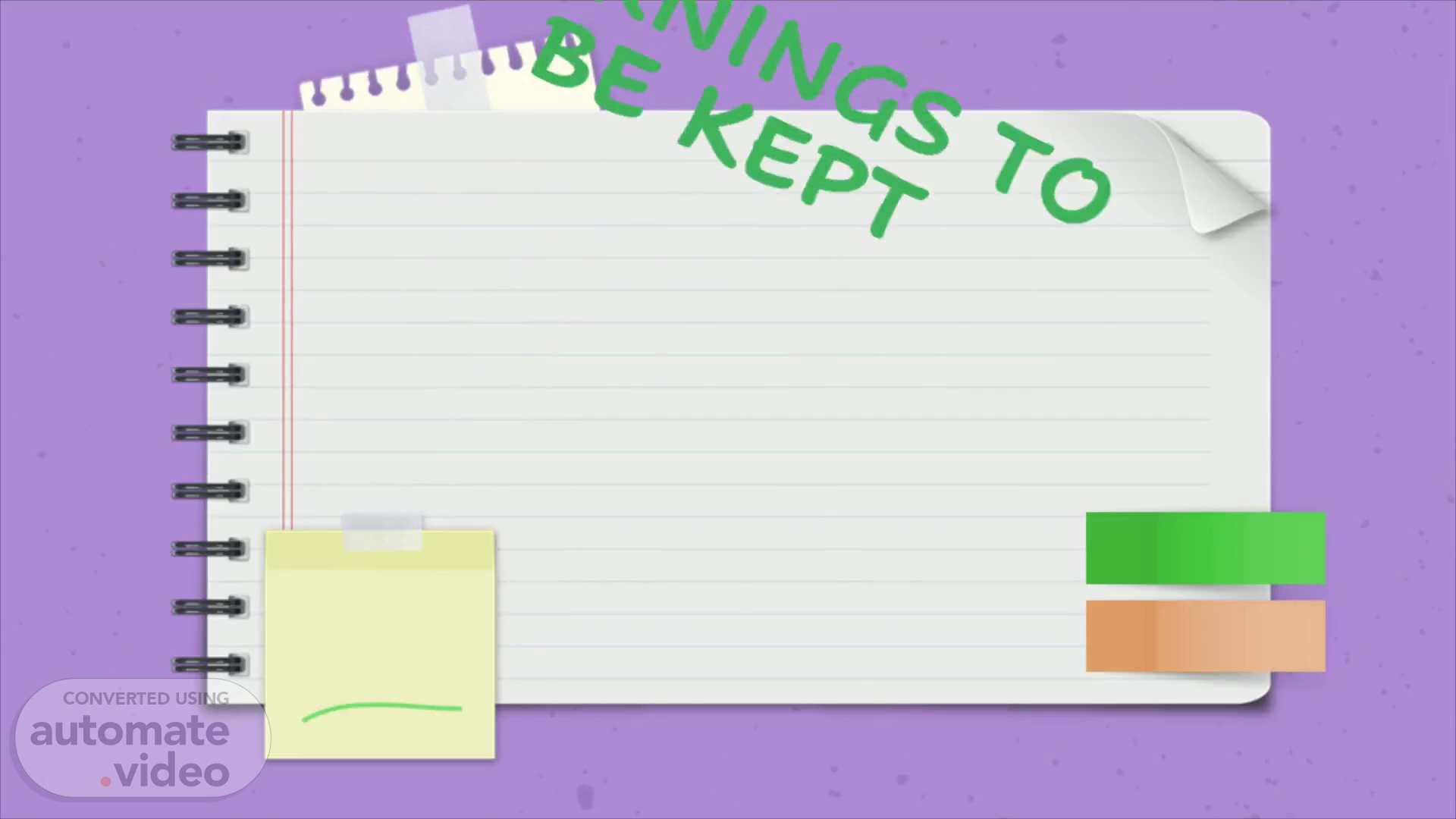
Page 1 (0s)
LEARNINGS TO BE KEPT. In P.ED 1—The Child And Adolescent Learner Lessons.
Page 2 (39s)
Unit 1: Basic Concepts and Issues on Human Development.
Page 3 (1m 14s)
Human Development: Meaning, Concepts and Approaches.
Page 4 (3m 38s)
Cognitive Domain. Refers to the process Of Growth and change in intellectual/mental abilities such as thinking , reasoning and understanding. It includes to acquisition and conso- lidation of Knowledge..
Page 5 (5m 8s)
Principles of Human Development. 1. Development is relatively orderly..
Page 6 (5m 45s)
Principles of Human Development. 2. When the pattern of development is likely to be similar, the outcomes of developmental processes and the rate of development are likely to vary among individuals ..
Page 7 (6m 40s)
Principles of Human Development. 4.Development as a processes complex becauseit is a product of biological, cognitiveand socioemotional processes (Santrock 2002)..
Page 8 (7m 4s)
Characteristics of Life-span approach Of Human Development.
Page 9 (7m 13s)
Development is Lifelong. Development is Multidimensional.
Page 10 (7m 42s)
Unit 1: Basic Concepts and Issues on Human Development.
Page 11 (7m 58s)
Prenatal Period (from conception to birth). Prenatal development refers to the process in which a baby develops from a single cell after conception into an embryo and later a fetus. a. Germinal stage Oc curs when the female egg (ovum) is fertilized by a the male sperm. b. Embryonic stage B egins after implantation and lasts until eight weeks after conception. c. Fetal Stage B egins and the baby is called a fetus. This stage runs from the 11th week until birth..
Page 12 (8m 23s)
Infancy (from birth to 2 years). Develops psychological activities..
Page 13 (8m 43s)
Adolescence (10-12 years old). Gain physical changes. Prominently pursue i ndependence and identity..
Page 14 (9m 12s)
Late Adulthood (60 years old and above). Ad apting to a decline in physical strength, adapting to retirement and reduced income..
Page 15 (9m 24s)
Unit 2: Developmental Theories and othe Relevant Theories.
Page 16 (9m 37s)
Sigmund Freud’s Psychosexual Theory. Freud's Psychosexual Stages of Developrnent Infant achieves gratification through oral activities such as feeding, thumb sucking and babbling. LATENCY 7-11 The child continues his or her develop- roent but sexual urges are relatively quiet. ANAL The child learns to to some Of the demands Of society (such as bowel and bladder control). pHALLIC 3-7 GENITAL I '-Adult The child learns to realize the differ ences between males and females and becomes aware Of sexuality. The growing adolescent shakes OH old dependencies and learns to deal maturely with the opposite.
Page 17 (9m 59s)
Piaget’s Stages of Cognitive Development.
Page 18 (10m 9s)
Erik Erikson’s Psycho-Social Theory of Development.
Page 19 (10m 20s)
Unit 3: Developmental Theories and othe Relevant Theories.
Page 20 (10m 33s)
Kohlberg’s Theory of Moral Development. PRE—CONVENTIONAL LEVEL.
Page 21 (10m 44s)
Kohlberg’s Theory of Moral Development. XNAVNHSINnd 29M-LS.
Page 22 (10m 54s)
Kohlberg’s Theory of Moral Development. STAGE 2: SELF—INTEREST.
Page 23 (11m 4s)
Kohlberg’s Theory of Moral Development. CONVENTIONAL Levu.
Page 24 (11m 14s)
Kohlberg’s Theory of Moral Development. STAGE 3: INTERPERSONAL ACCORD AND CONFORMIÄY.
Page 25 (11m 26s)
Kohlberg’s Theory of Moral Development. STAGE 4: AUTHORITY AND MAINTAINING SOCIAL ORDER 00000.
Page 26 (11m 36s)
Kohlberg’s Theory of Moral Development. POST — CONVENTIONAL LEVEL.
Page 27 (11m 44s)
Kohlberg’s Theory of Moral Development. STAGE 5: CONTRACT 16.
Page 28 (11m 54s)
Kohlberg’s Theory of Moral Development. 6: UNIVEqSN-.
Page 29 (12m 4s)
Unit 4: Development of the Learners at Various Stage.
Page 30 (12m 18s)
Teratology and Hazards to Prenatal Development. 1. Prescription and non-prescription Drugs.
Page 31 (12m 33s)
Physical Development of Infants and Toddlers. 1. Height and Weight 2. Brain Development 3. Motor Development 4. Reflexes 5. Gross Motor Skills 6. Fine Motor Skills.
Page 32 (12m 59s)
Cognitive Development of Infants and Toddlers. 1. Sensorimotor Development 2. Object Permanence 3. Language Development 4. Learning and Remembering Development.
Page 33 (13m 18s)
Unit 5: Development of the Learners at Various Stage.
Page 34 (13m 32s)
Preschooler’s Physical Development. 1. Physical Changes 2. Artistic Development 3. Gross and Fine Motor Development.
Page 35 (13m 43s)
1. Physical Changes 2. Artistic Development 3. Gross and Fine Motor Development.
Page 36 (13m 52s)
Cognitive Development of the Preschoolers. 1. Brain Development 2. Language Development 3. Language and Social Interaction.
Page 37 (14m 4s)
Thank You for watching!. Prepared by Sheiren Mae M. Mamuno.